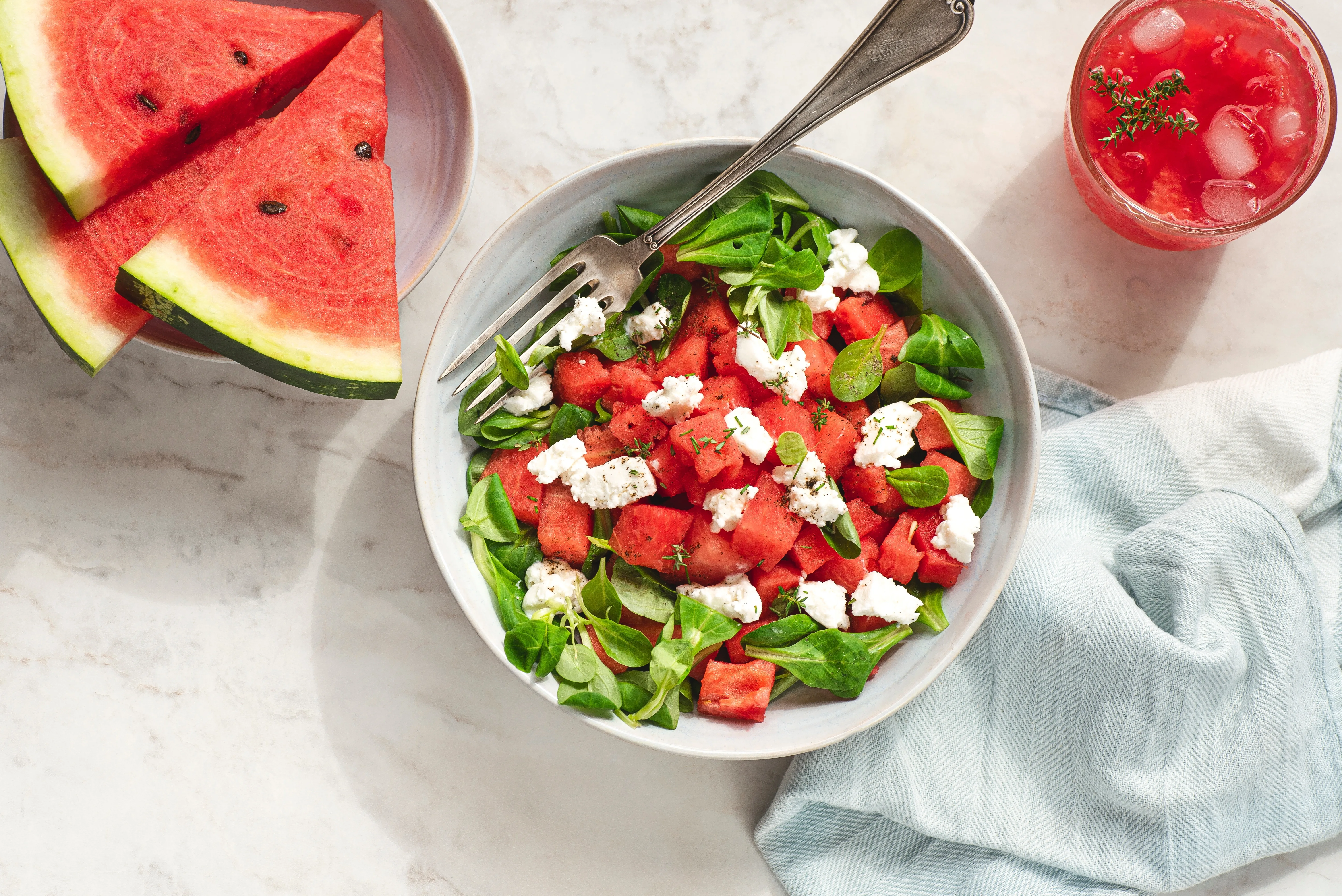The Beauty of Eating Seasonally
Before modern farming and long distance crop distribution was developed, grocery stores and markets looked much different than they do today. Some of us may remember the old days where watermelon wasn’t always available in the middle of winter months and some produce was only stocked once a year. While having anything and everything available to us year-round is definitely a sign of modern times, it begs the question: is it really good for us?
When we ask ourselves whether something is “good” for us, we entertain many thoughts. Is it good for my health? It is good for my wallet? Is it good for my community? Is it good for the planet?
Eating “seasonally” may seem like a no-brainer, but with so much available to us all the time, sometimes it’s hard to understand exactly what to do. The first and most important focus when it comes to eating what’s in season is the fact that you’ll be buying and eating the best tasting foods at their peak quality. When you are buying from local sources, it’s not coming from thousands of miles away in a refrigerated truck. It’s grown on a farm close to you and picked when it’s just ready, not prematurely, which highly impacts flavor profiles.
Incidentally, the cost of seasonal foods tends to stay low while driving the quality higher! Since it is picked and sold before it spoils, and comes from a local farmer, the money saved becomes a tangible benefit to eating seasonally. The inverse is true when it comes to out of season foods. When these foods are being shipped from around the world (coming from different climates where they are able to grow), these foods are usually picked much sooner than their flavor peak and are left to mature in bins at the grocery store. These foods become more expensive and never taste as good as the ones that are seasonal. Bypassing costs by eating local harvests cuts out expenses from distribution and cold storage. While it may seem like this is common sense, sometimes we forget these details because we’ve gotten so used to having everything available to us all the time.
If eating tasty and healthy food wasn’t reason enough to think about buying seasonal produce, then another factor to consider is the benefits it passes on to your community and planet. Making sure your produce is locally sourced helps sustain your local farmer community while also getting you more good food for less money. In return, you get delicious and nutritious food at the peak of quality. Considering how much energy is used to refrigerate non-seasonal produce in large trucks and the amount of fuel that is used to ship these foods across the nation to every store location, it really could make a difference for the planet to cut down on these practices.
A side bonus to eating seasonally is broadening your palate and adding a variety of foods to your current diet. You can explore what each season has in store for you and try some new recipes. Overall, this can help you eat a better, more rounded diet of fresh fruits and vegetables that contain vitamins and minerals that are vital to your health. After all, some people truly believe that Mother Nature knows what’s best when it comes to nourishing our bodies. If the earth is producing these foods at their peak flavor during a certain time of year, it could be that the nutrition those foods have to offer, are the most needed by your body for that season. It’s an old wives tale that certainly makes some sense.
So, how can you best tell what’s in season? Without referring to any outside information, the best way to fend for yourself at the store is to pay attention to price trends and what is most available. At the end of fall you will notice that fruits like berries, peaches and other summery stock are very expensive and some don’t look like they’re in too good of shape. That’s an obvious sign that their availability is dwindling and it’s not the best time to be eating them, either. The only sure fire way to know is to do a little bit of research.
We’ve compiled a handy list for seasonal produce in south Florida for the month of May.

One last tip! Make sure you don’t go overboard. You don’t have to get everything that’s in season right away. This will lead to overripe fruits you didn’t get a chance to eat in time. If you do find yourself with an abundance of certain fruits, think about making marmalade, compote or smoothies to make sure none of them go to waste. Also, if your diet requires specific foods, make sure you’re still buying them and including them in your diet. Things like leafy greens can be grown in nearby greenhouses and are readily available year round. Being sensible while still making sensible choices is the overall goal with eating seasonally!
Eating foods that are being grown and harvested in the current season is more than just a movement. In fact, it’s getting back to basics! Be sure to ask our staff if you have any questions about picking the best fruits and vegetables that we have to offer, they will be happy to help.



